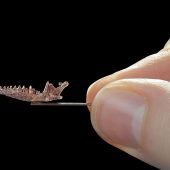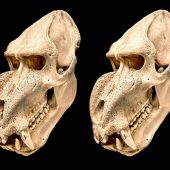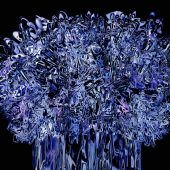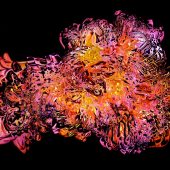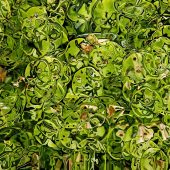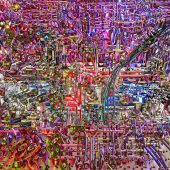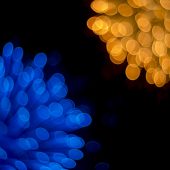“Working with Nikon cameras as a scientific photographer for 40 years” is by Steve Morton:
I was 16 years old when my parents bought me my first Nikon F, a used black FTn. After high/secondary school I studied photography at The Royal Melbourne Institute of Technology for three years. I have spent the past 40 years working with Nikons as a scientific photographer at Monash University here in Melbourne, Australia.
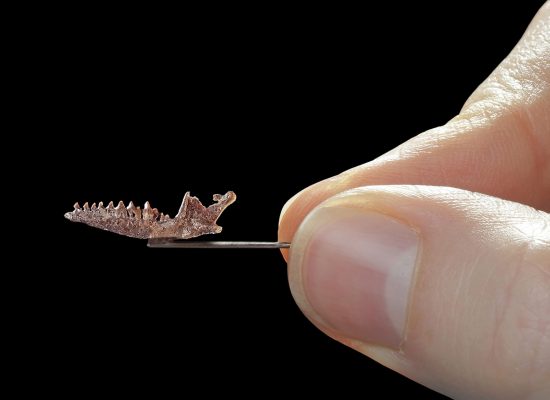
Tiny jaw of Bishops whitmorei, the remains of a 115 million-year-old placental mammal found in Victoria, Australia. The discovery of this tiny jaw has challenged scientists’ traditional understanding of the evolution of mammals

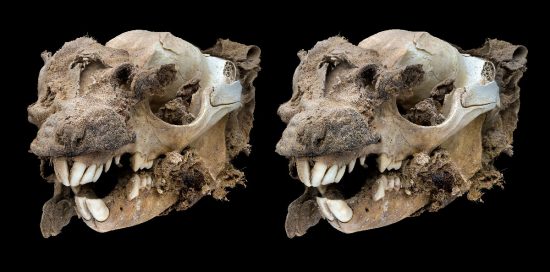
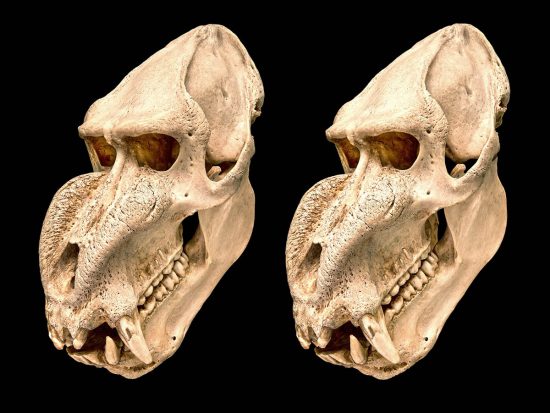
A large part of my photographic life has been about documenting reality. There is a clinical realism to many of my images, obviously this being a job requirement. I need to record specimens, objects and experiments as faithfully as possible. But, just because I might be visually documenting something that may be mundane, it does not mean that art and/or a sense of style is automatically excluded. I strive to make such images as eye-catching as possible. Stereo pairs of specimens is not unusual in the scientific world
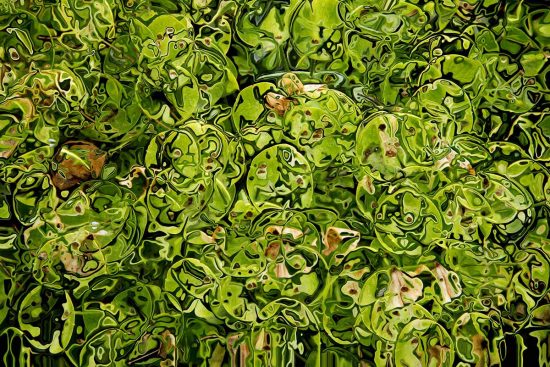
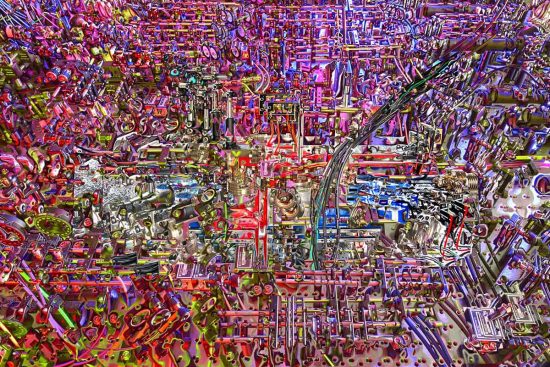
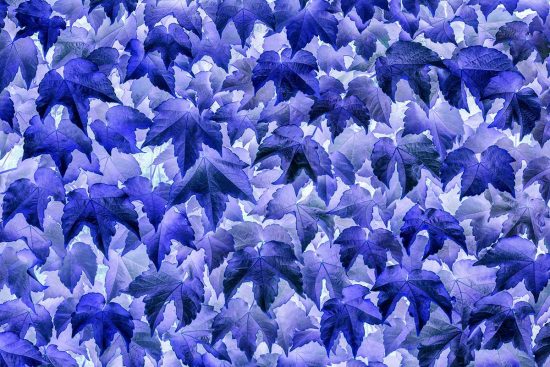
Contrasting my documentary photography most of my personal imaging explores the unconventional and abstract. It is about experimentation and pushing the boundaries. My personal imagery is usually bold and bright where the aesthetic is always paramount. I enjoy exploring a variety of styles and genres, once I’ve produced some images I’m happy with, I often move on.
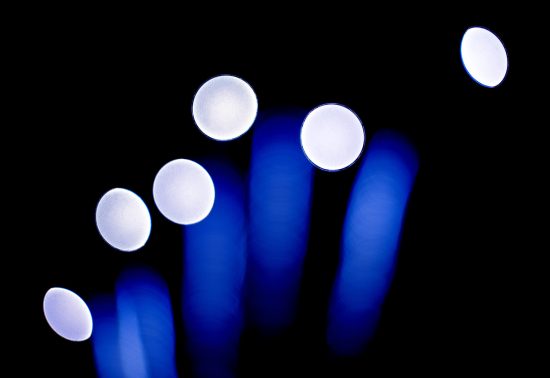
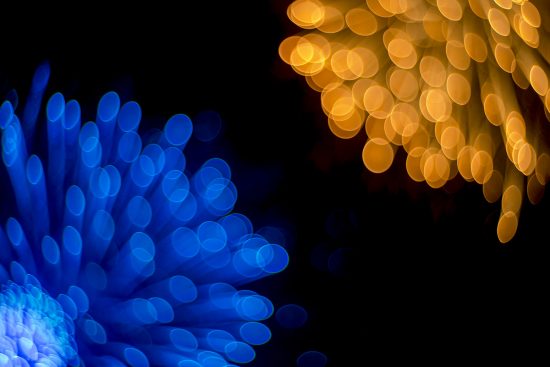
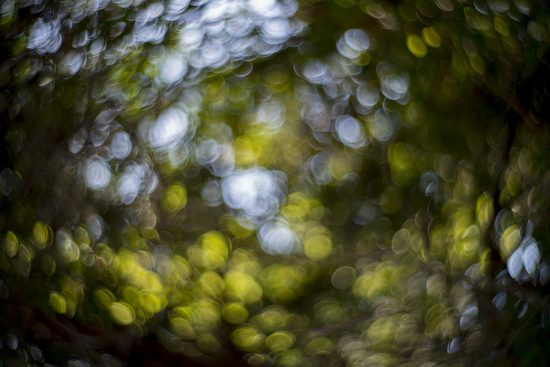
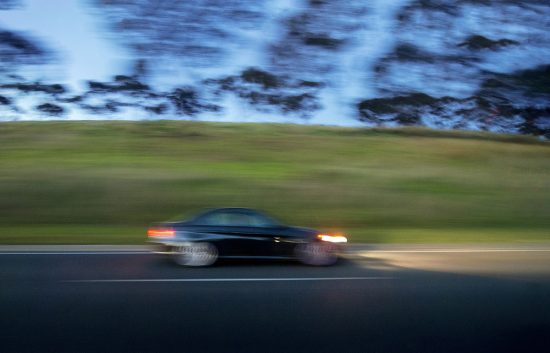
Sometimes I intentionally record out of focus images to reveal hidden beauty: abstract patterns, visual textures creating subconsciously engaging compositions. At other times I overlay multiple images to create unusual abstract motifs and textured visual surfaces the viewer may want to touch.
Long exposures and movement also play a part of my imaging repertoire. Sometimes I want to record motion and show the dynamism of a subject. The longer exposure times mean these images are not the traditional “moments frozen in time”.
I have really enjoyed and embraced the transition from silver based chemical photography to electronic image capture. Today’s electronic based imaging has truly broadened the scope of my artistic endeavors.
Over the years I used the D3, D4, D800E and now have the D850 which I really like. You can never have too many pixels. Sometimes you want every pixel you can get.
As far as macro lenses are concerned my go to for a lot of work is the AF-S 60mm f2.8 Micro Nikkor. When I need a longer working distance I really like the 200mm F4 AF-D Micro Nikkor.
When I’m image stacking the very best macro lens you can possibly get is the first version of the 150mm F2.8 Printing Nikkor for variable magnification between 0.5X – 2X. It just can’t be beat although it is rather big. The other Printing Nikkor I use for image stacking is the 95mm f2.8 for 0.5X which is much more compact the than the 150mm.
I’ve tried a lot of macro lenses. I almost have a cupboard full of them! A great macro lens resource can be found at Mark Goodman’s Coin Imaging web page: www.coinimaging.com. Some of my Printing Nikkors are the one Mark has tested.
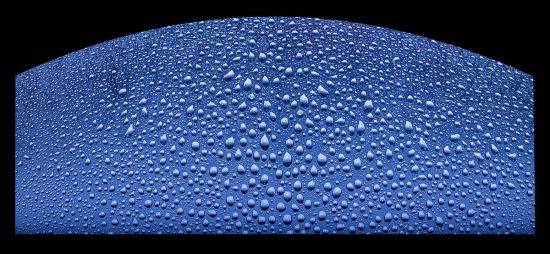
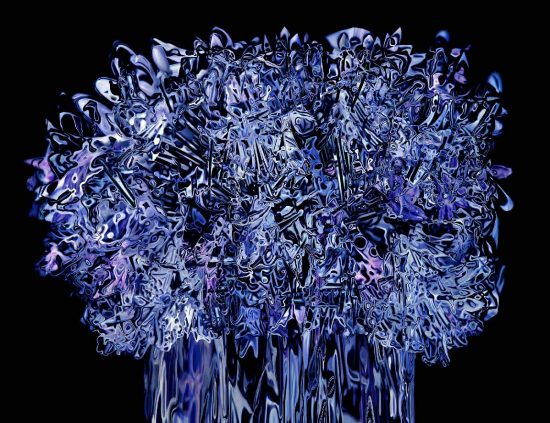

Footnote: Scientist often use stereo imaging to allow others to see three-dimensionality in two dimensional images. Are you able to see a 3D image unaided when looking at a stereo pair? My stereo/3D images are for “Parallel-Viewing”, not cross eyed viewing. Do you need advice on how to do it? For beginners always start with the pair of images quite small or at some distance away. Here is a link to get you started:
http://www.neilcreek.com/2008/02/28/how-to-see-3d-photos/
Visit Steve’s website to see more: http://smort.net/
If you have an interesting idea for a guest post, you can contact me here.
